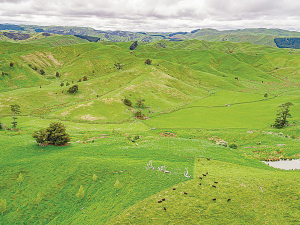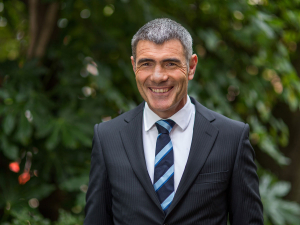Emissions pricing is one of the most important issues Kiwi farmers will face in a generation. DairyNZ answers some of the key questions.
Why is split gas so important?
The options developed by HWEN recognise the split gas approach - unique levy prices will be used for short-lived and long-lived gases. The ETS doesn't recognise split gas - another strong reason to keep agriculture out of the ETS.
In 2019, the sector won a hard-fought science-based agreement to have a split gas approach in the Zero Carbon Act. This recognises biogenic methane (from animals and plants) only needs to reduce and stabilise, not go to net-zero like long-lived gases.
Because methane plays a key part in most agricultural emissions, the split gas approach enables greater transparency of agriculture's contribution and progress toward targets.
This is because methane is a short-lived gas which decays in the atmosphere much faster than long-lived gases, like carbon dioxide. So, long-lived and short-lived gas emissions have different warming impacts. When agriculture methane emissions are stable, as New Zealand's have been since 2005, they're not contributing additional warming.
What will the options cost?
The HWEN options do cost to run, and we have acknowledged that. We are working hard to manage this aspect and reduce unnecessary operating costs. Unfortunately, the ETS would be much more expensive for farmers.
Under the ETS, the cost would be at least $600m by 2030. On-farm sequestration wouldn't wouldn't be recognised unless it met the ETS criteria. This requires specific plantings of a certain shape and size, and the money would go into the Government's consolidated account, instead of supporting farmers.
Under the HWEN farm level levy option, the cost to farmers will be less than the ETS. In this option, sequestration and emissions reductions by farmers are calculated and reduce the cost.
Under the processor level levy option, between $137 and $590 million could be raised (through collection). Up to $520 million of that will go back to farmers. This option acknowledges uptake of new technology and sequestration and R&D investment in options to further reduce emissions.
Why can't we get full credit for the carbon being sequestered by pre-2008 trees?
Getting greater recognition for the sequestration happening on your farms was a major priority for us in He Waka Eke Noa. Farmers will get recognition for far more types of vegetation than under the ETS, including pre-1990 natives, shelterbelts and riparian strips.
The 2008 baseline was chosen for a number of reasons, but mainly to make the process of getting recognition as simple and straight-forward for farmers as possible. Earlier baselines are very difficult to verify, due to limited or poor-quality satellite imagery.
Under the ETS people have really struggled to be able to provide enought information to get their native trees into the ETS.
Which metric should be used to measure methane?
DairyNZ has always advocated for Government to use the latest scientific information to inform targets. We continue to push for the best metric to underpin targets, which support HWEN.
It's widely recognised global stocktakes required under the Paris Agreement are more accurate under the advanced metric Global Warming Potentials.
It can more accurately quantify New Zealand's contributions to achieving the Paris Agreement temperature goal. The current metric GWP100 doesn't do that - it overstates methane's warming impact by 3-4 times - which is unfair on farmers.
So, we're pushing Government to adopta more advanced method of calculating and reporting methane emissions, such as GWP.


















